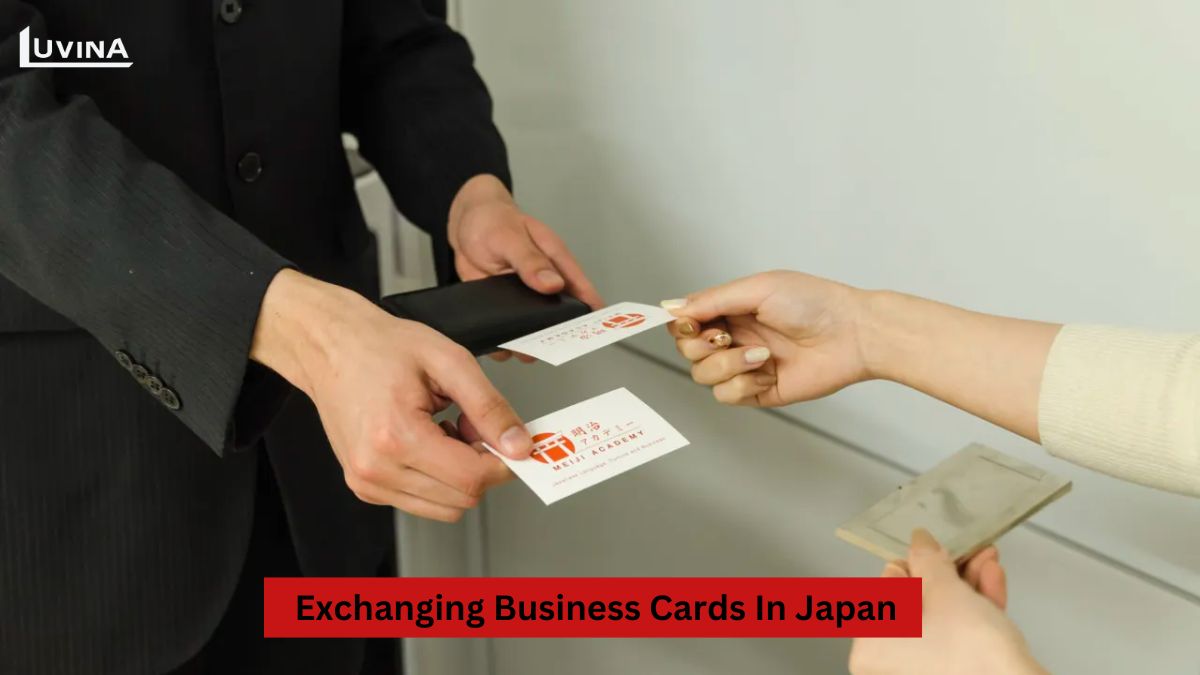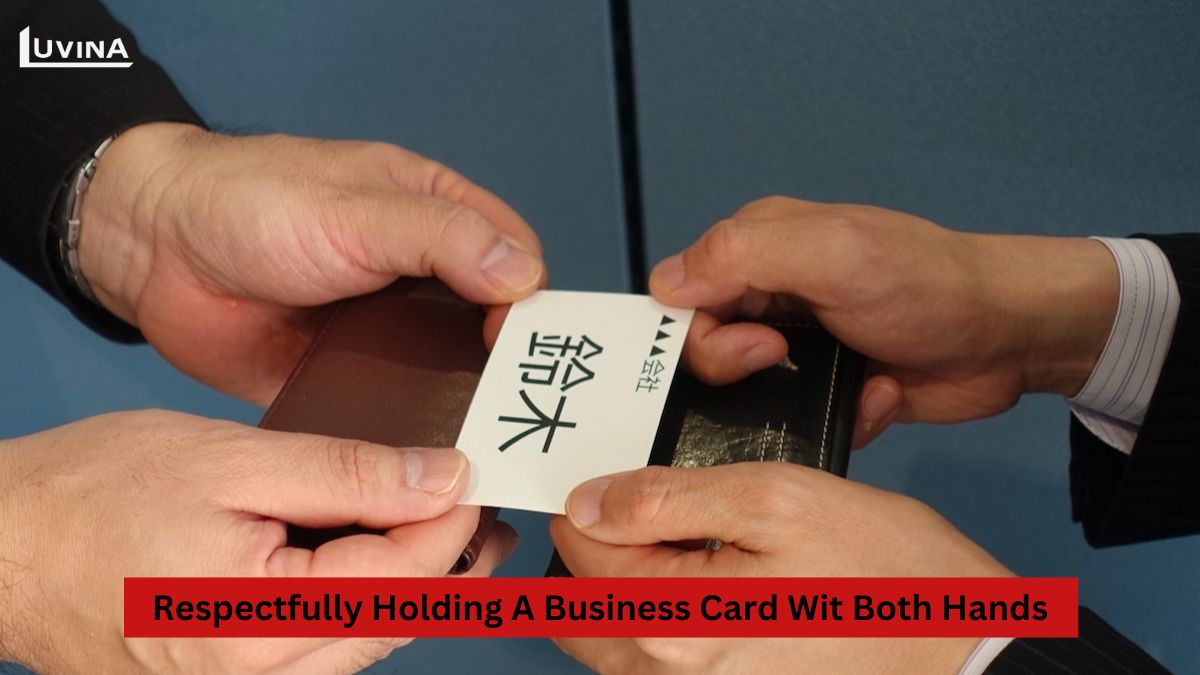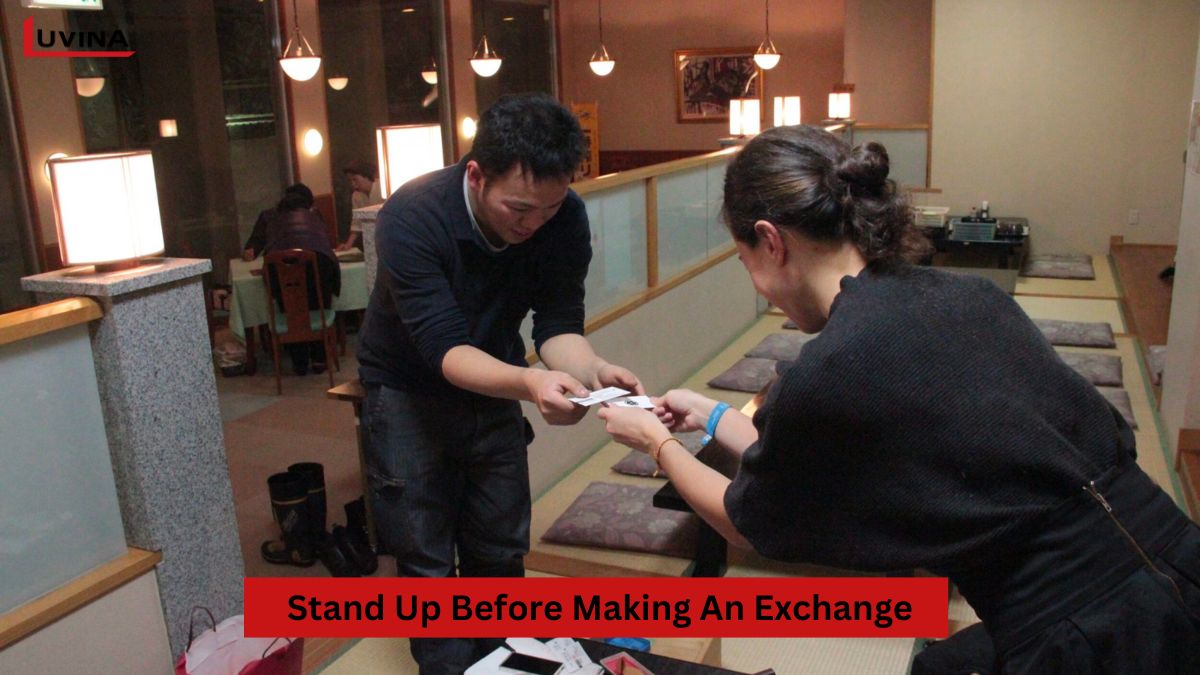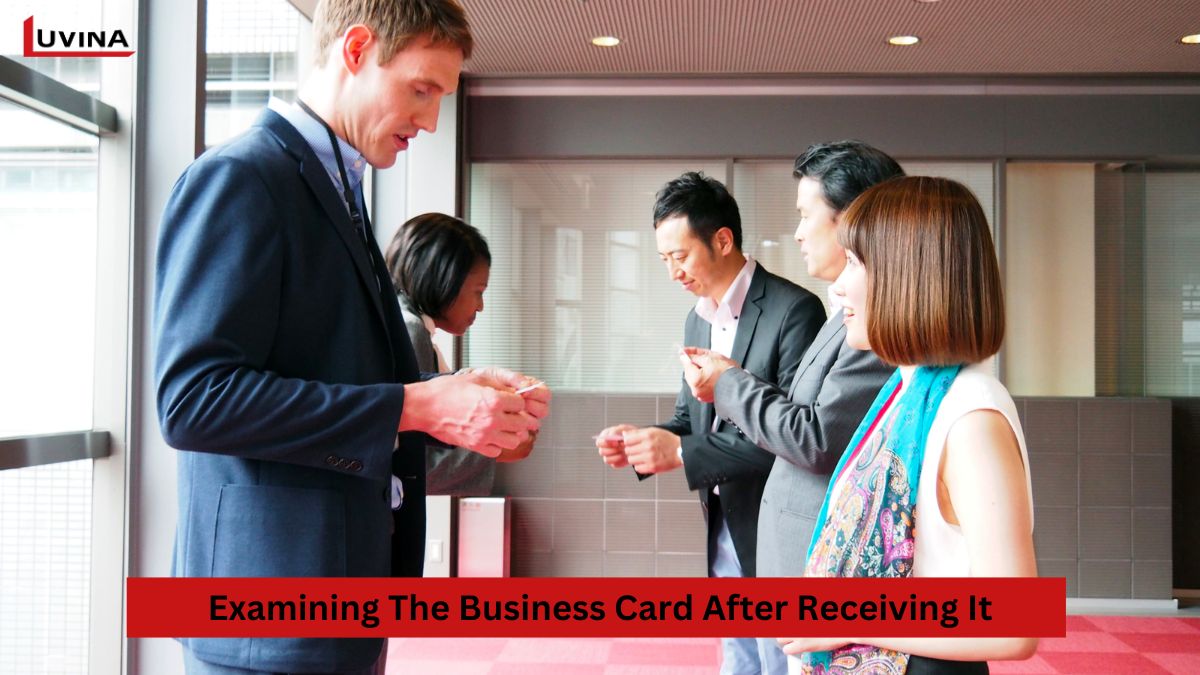Japanese business cards, or meishi, are beyond contact information exchange; they are a courtesy and show respect within professional circles. Business card etiquette in Japan is a process that has become formalized and strict, where making even small mistakes can affect a first impression. So, what are the most crucial rules, and how do you make them polite and respectful? Keep reading to find out the art of Japanese business card etiquette and avoid cultural faux pas.
Benefits Of These Japanese Business Cards
Exchanging business cards in Japan is no triviality—a long-standing, deeply ingrained ritual symbolic of respect, professionalism, and social standing. Despite this era of digitalization, the practice is very much a part of business life.
The respect for business cards is evident in cultural rituals like Kyoto’s Business Card Thanksgiving Festival, where old cards are burned to honor past relationships. This also refers to the contention that the business card is a reflection of the presentation of the owner’s self and personality.

Business card etiquette in Japan not only facilitates introductions but also sets the stage for meaningful professional interactions. A few benefits of business cards in Japan are listed below:
- Brand identity: A business card of a company represents your company’s image through its appearance, paper weight, and design.
- Effective exchange of information: Business cards present a quick and courteous way of exchanging contact details, making referrals, and networking.
- Respect and professionalism symbol: Properly handling a business card is a sign of respect in Japanese business etiquette, creating confidence and credibility with local business partners.
- Business necessity: Swapping business cards is a tradition that signifies your presence and authenticity as a business entity.
How to Exchange Business Cards in Japan
It is essential to learn business card etiquette in Japan to give a good impression and form successful business relationships. Though in the West, cards may be exchanged casually, the Japanese ritual is centered on social status and business respect.
For a smooth and dignified exchange, each step in the ritual must be learned.
1. Preparation
Preparation is important before going to any business meeting in Japan. Always carry a sufficient supply of business cards—taking extras is a good idea, since running out would be considered careless or unprofessional.
Storage is just as vital. Business cards have to be kept in a designated cardholder so they can be accessed at will and will not be damaged. Each business card has to be pristine in condition, wrinkle-free, smudge-free, and have no frayed edges, as a torn-up card would be considered an insult.
2. Presentation
When presenting business cards in Japan, the way you present your meishi is just as important as having one.
To begin, introduce yourself clearly by stating your name and company. As you do so, offer your business card with both hands, ensuring that the Japanese side is facing the recipient so they can read it immediately. Hold the card by the top corners to avoid covering any important details, such as your company logo or name. Accompany the exchange with a slight bow, portraying politeness and respect. It is also appropriate to say Hajimemashite (はじめまして), meaning “Nice to meet you,” reinforcing a respectful first impression.

Exchanging business cards in Japan takes as much attention to the order in which cards are presented as to how they are presented:
- – The person of lower status should present their business card first. For example, when a junior employee encounters a senior executive, the junior should take the initiative.
- – In the case of greeting several people, cards should be distributed based on seniority, beginning with the most senior.
- – In sales meetings, the visiting group should initiate the exchange. For instance, if Company A visits Company B, Company A’s representatives should offer their cards first. Within the visiting group, the highest-ranking member presents their card first, followed by others in descending order of rank.
3. Receiving cards
In business card etiquette in Japan, accepting a business card shows your appreciation for the giver and their professional reputation. Proper way of receiving a business card in Japan:
- – Receive the card with your hands, appreciating it with a slight bow.
- – Hold the card at or slightly below chest level and in a respectful attitude.
After you get a card, sit for a while and go through the data on it well, especially their name and their title. In the event you do not understand how to say their name correctly, ask how it is done politely rather than guessing.
4. During meetings
When exchanging business cards in Japan during business, handling received business cards shows your level of professionalism and respect for hierarchies.
In private meetings, it is okay to put the card in your business card holder so that you can still view it. In group meetings, however, putting the cards on the table according to hierarchy is necessary. The card of the group leader goes on your cardholder, and the others are put in order of hierarchy on the table. Having the cards in view during the meeting allows you to address people correctly as well as show attentiveness.
5. Additional tips
Besides following the above guidelines in exchanging business cards in Japan, you should also bear in mind some other aspects related to Japanese business card etiquette:
- – Always recall that you cannot flick, hurl, slide, or shove the business card along the table into Japanese businessmen’s hands.
- – Always stand up before making an exchange.
- – Never bend, fold, play with, or fidget with a business card.
- – Never write notes or anything on the business card.
- – Never put another person’s business card in your pocket after receiving it.
- – Always carefully pick up all the Japanese business cards received at meetings. Forgetting someone’s business card is considered extremely disrespectful or a slap on the face. Therefore, always bring all business cards received at meetings.

Most Common Mistakes Foreigners Make with Japanese Business Cards
Mastering business card etiquette in Japan can be challenging, especially for foreigners unfamiliar with the cultural differences. Small mistakes are tolerable, although certain mistakes will hurt business relationships. Some of the most frequent errors and how to avoid them are as follows.
- Writing on a received business card
In business culture in Japan, a company card is literally an extension of one’s self, and to sign it in some way or another may be seen as being rude. In the event you need to jot down some notes, jot them on your own separate notepad or your business card—just don’t hand out cards with written remarks.
- Placing the received card in a pocket or wallet too quickly
This can make one feel unimportant, the card, and hence the giver. Always put the card in a business cardholder and respectfully manage it during the meeting.

One might also view any sort of damage or misuse of a business card—that is, bending, folding, or playing with it—as a symbol of negligence and disrespect. Always handle the card softly and keep it carefully maintained.
- Using a one-sided business card or failing to include Japanese text on your card
This mistake can make communication difficult and may create a perception of a lack of professionalism. For easy interactions, carry two-sided business cards with English on one side and Japanese on the other, demonstrating respect for local business practices.
Final Thoughts
Even though business cards are not so much needed for tourist travelers, they are obligatory for businesspeople participating in business conferences in Japan. If you take the initiative to study and practice business card etiquette in Japan, you’ll boldly engage in Japanese business culture and leave a very positive impression on your coworkers.
Want to ensure you make the best impression in Japan? Contact Luvina for expert guidance on Japanese business etiquette.









Read More From Us?
Sign up for our newsletter
Read More From Us?
Sign up for our newsletter